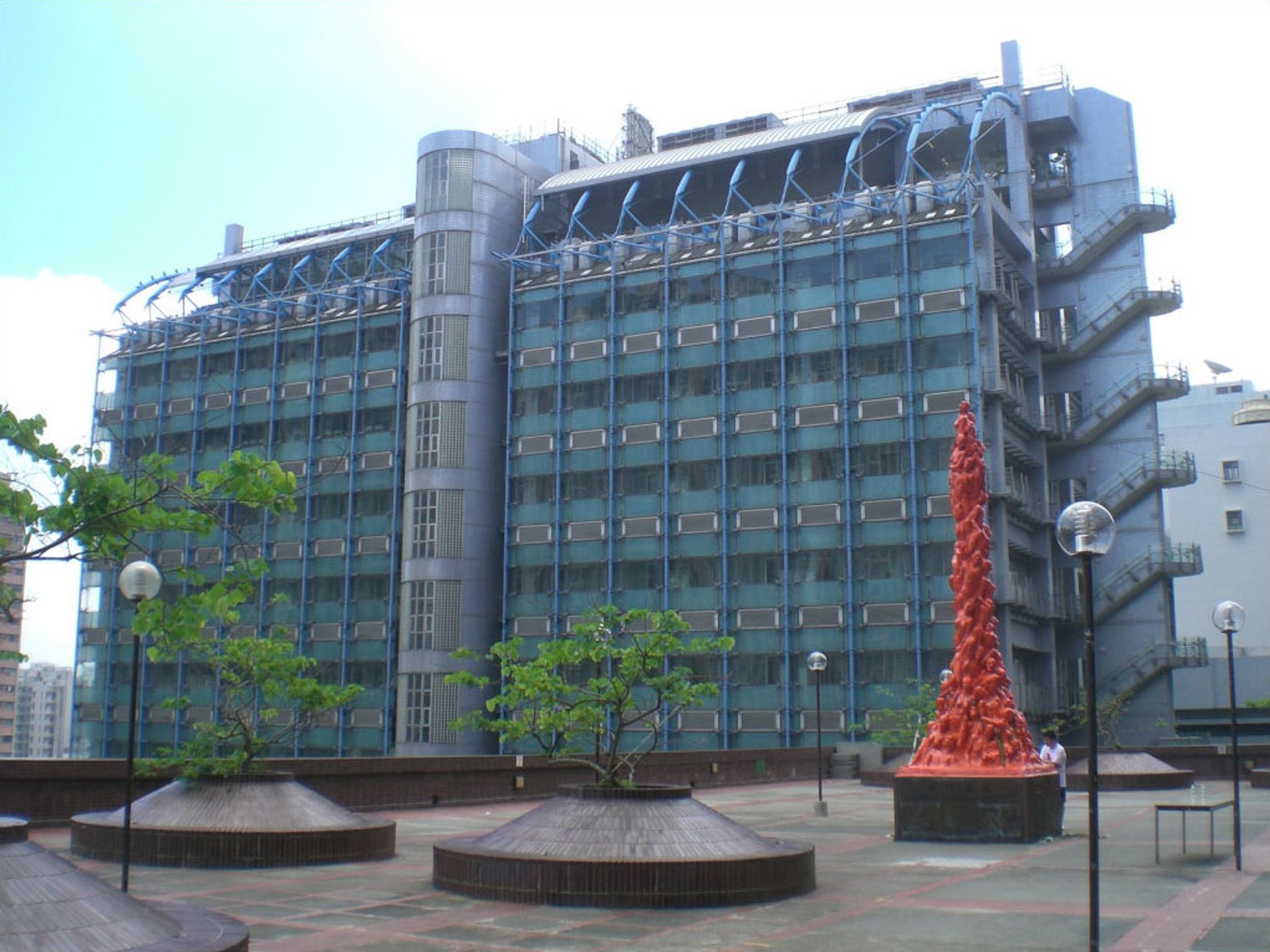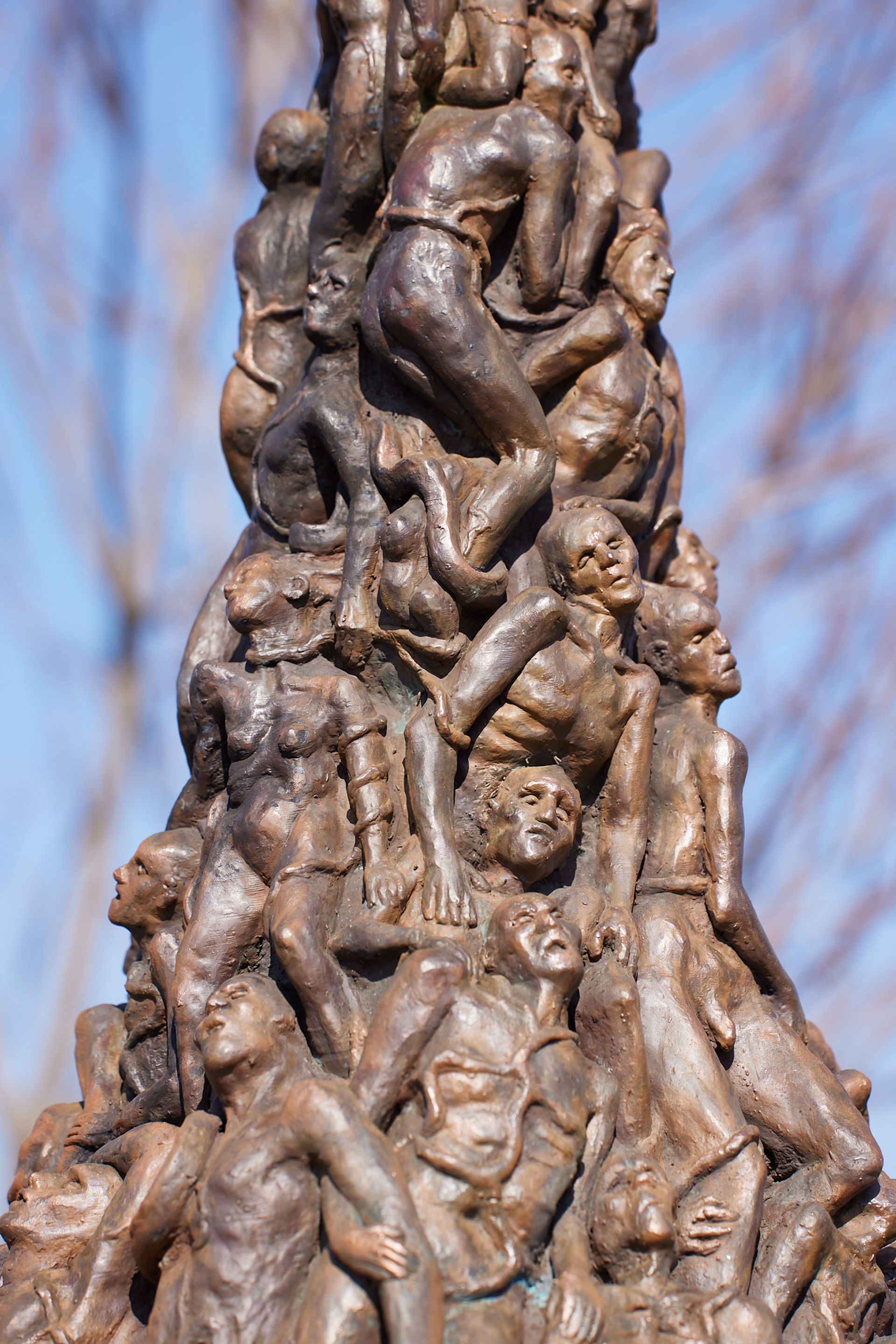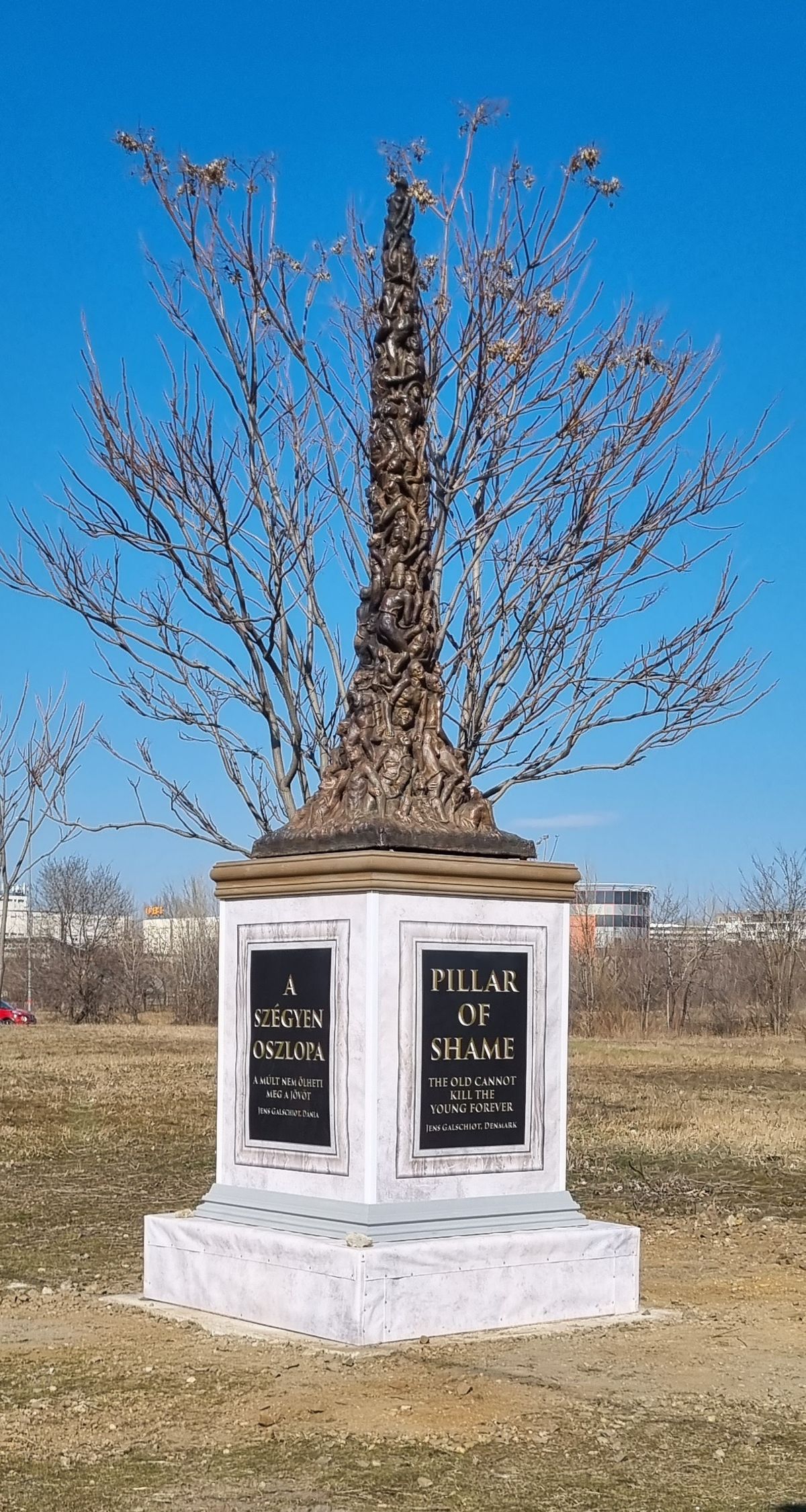The Pillar of Shame by the Danish sculptor Jens Galschiøt, a monument to the Tiananmen Square massacre in Beijing in 1989, has been erected on Free Hong Kong Road in Budapest. Another version of the human rights work, depicting a mass of deformed bodies, was taken down in Hong Kong last year at the city university.
In a statement, Galschiøt says that the work was “erected at the corner of Free Hong Kong Road and Uyghur Martyrs Ut [road] where China has pledged support for the construction of Budapest’s new university”. According to the BBC, the Hungarian government plans to build the Fudan university campus in the capital by 2024 at a cost of $1.8bn. Roads in the area were renamed last summer by the Mayor of Budapest, Gergely Karacsony, who said that the new street signs were a tribute to alleged human rights victims in China. The sculpture is also due to be shown in the centre of Budapest next to Liberty Bridge in Nehru Part park (11-15 March).
Officials from the University of Hong Kong removed The Pillar of Shame from the university campus on 23 December; reports stated that workmen were seen taking away the top half of the 26-foot-high copper piece in darkness, winching it up on a crane. The work was installed in 1997 shortly before the United Kingdom handed over rule of the former colony to China.

The Pillar of Shame at the University of Hong Kong in 2008.
In a statement posted last December, Galschiøt said: “I’m totally shocked that Hong Kong University is currently destroying The Pillar of Shame… countries around the world have offered to receive [the work] and the Danish Foreign Minister has offered his help, but there has been no response from Hong Kong University.”

Detail of the Pillar of Shame. Courtesy of the artist
Galschiøt tells The Art Newspaper that The Pillar of Shame is still in Hong Kong. “I’m working on getting it to Europe but it’s not easy,” he adds. The university had not responded to a request for comment at the time of writing but has issued a press release saying that their decision was “based on external legal advice and risk assessment for the best interests of the university. The university is also very concerned about the potential safety issues resulting from the fragile statue.”


